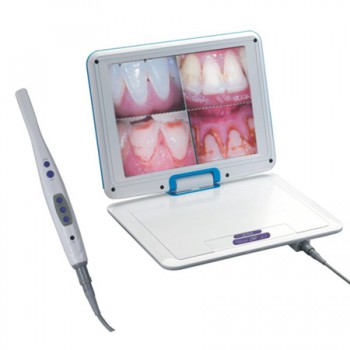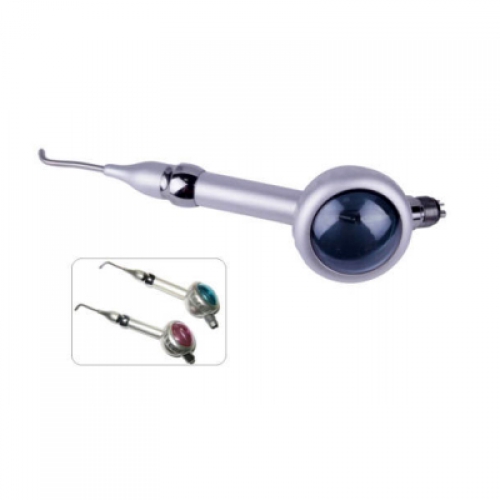If you’re a dentist in 2016, you already know that investing in the right kind of digital image equipment is half the battle. In dentistry, there are two types of digital imaging systems used in intraoral radiography: computed radiography (CR) and direct radiography (DR). These are then categorized into periapical and panoramic x ray machines.
Dental radiography has evolved from film and chemical developers into a highly technical process that involves various types of dental x-ray machines, as well as powerful dental software programs to assist the dentist with image acquisition and diagnostic analysis of the acquired images. When making the decision to purchase x-ray equipment, the doctor needs to research the available options thoroughly, in order to make an informed choice for the “right” machine for his or her practice.
One type of portable dental x-ray is small, light, cordless and hand-held and can travel almost anywhere considering its compact size. This type of machine is an option for almost every patient, however, it’s especially useful for occasionally restless patients, such as young children, who require constant supervision and a quick x-ray. It can also be a better option to use in small spaces. The device works on battery so it’s important to have extras on hand in addition to a fully charged battery upon arrival regardless of where the patients are.
The other type of portable dental x-ray is one that uses a power cord and is slightly larger and heavier than the hand-held device; it’s also typically more durable. Each comes with a stand, which some dentists might find to be more comfortable and easier to use than a hand-held device. Some may also be able to operate as a hand-held device when using a stand isn’t necessary. This type is a good option for dentists who prefer to have the features of each type.
The first question that a doctor should ask themselves is, “What is the main type of treatment that I provide my patients?” If you are a general practitioner, a standard 2D panorex will provide all of the imaging requirements needed for such treatments as caries detection, diagnosis of TMJ issues, OPG images, and images of the patients entire detention in a single x-ray. Many of the newer 2D panoramic units also offer extraoral bitewing imaging capability, which allows the dentist to obtain a bitewing image without putting a sensor or periapical film inside of the patient’s mouth.
If the practice is concentrated in endodontic( Dental endo motor ) and implant treatment, then a CBCT machine is the most practical method of providing the doctor with diagnostic tools such as mandibular canal location, surgical guides, and pre-surgical treatment planning with the assistance of powerful 3D dental software applications. The patient is benefited by the reduced radiation exposure provided by these machines.




